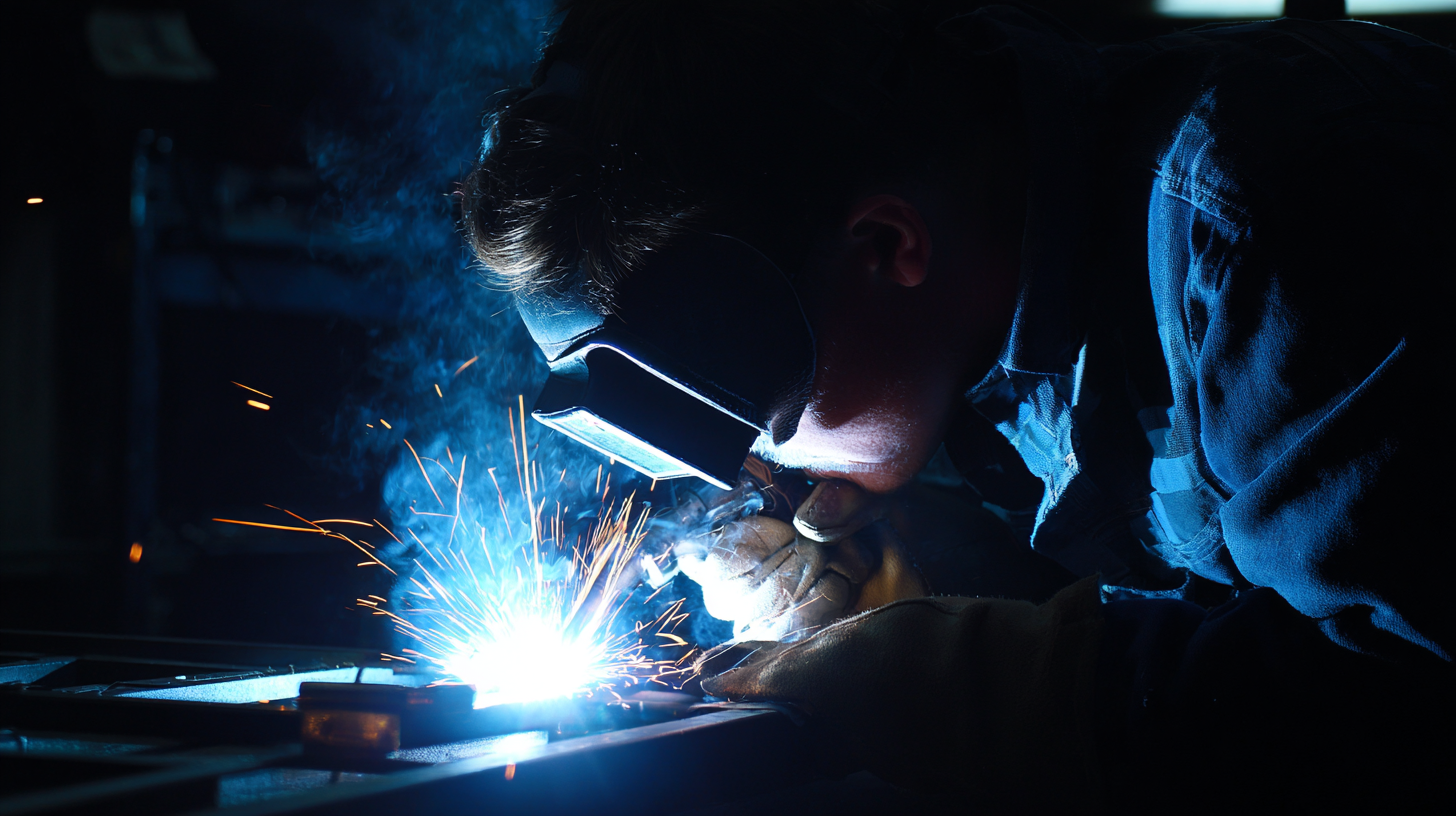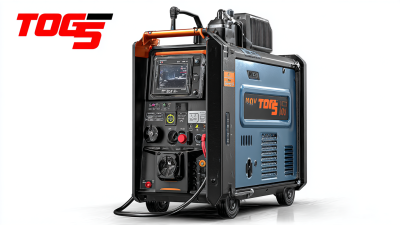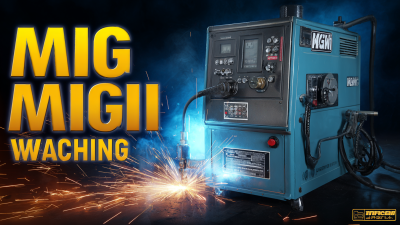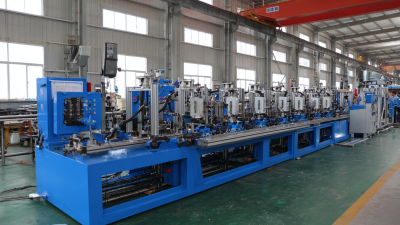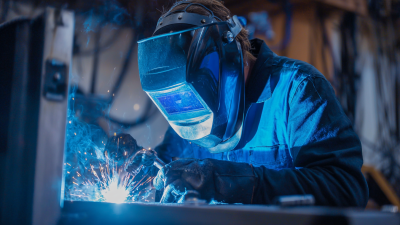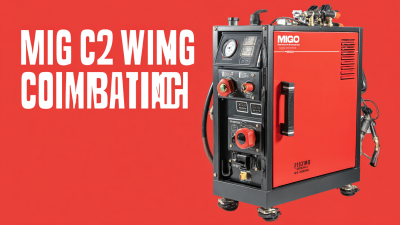Choosing the right MIG welding machine for your project needs is a critical decision for both professionals and DIY enthusiasts alike. According to a recent report by Grand View Research, the global welding market is expected to reach USD 27 billion by 2025, highlighting the growing demand for efficient and reliable welding equipment.
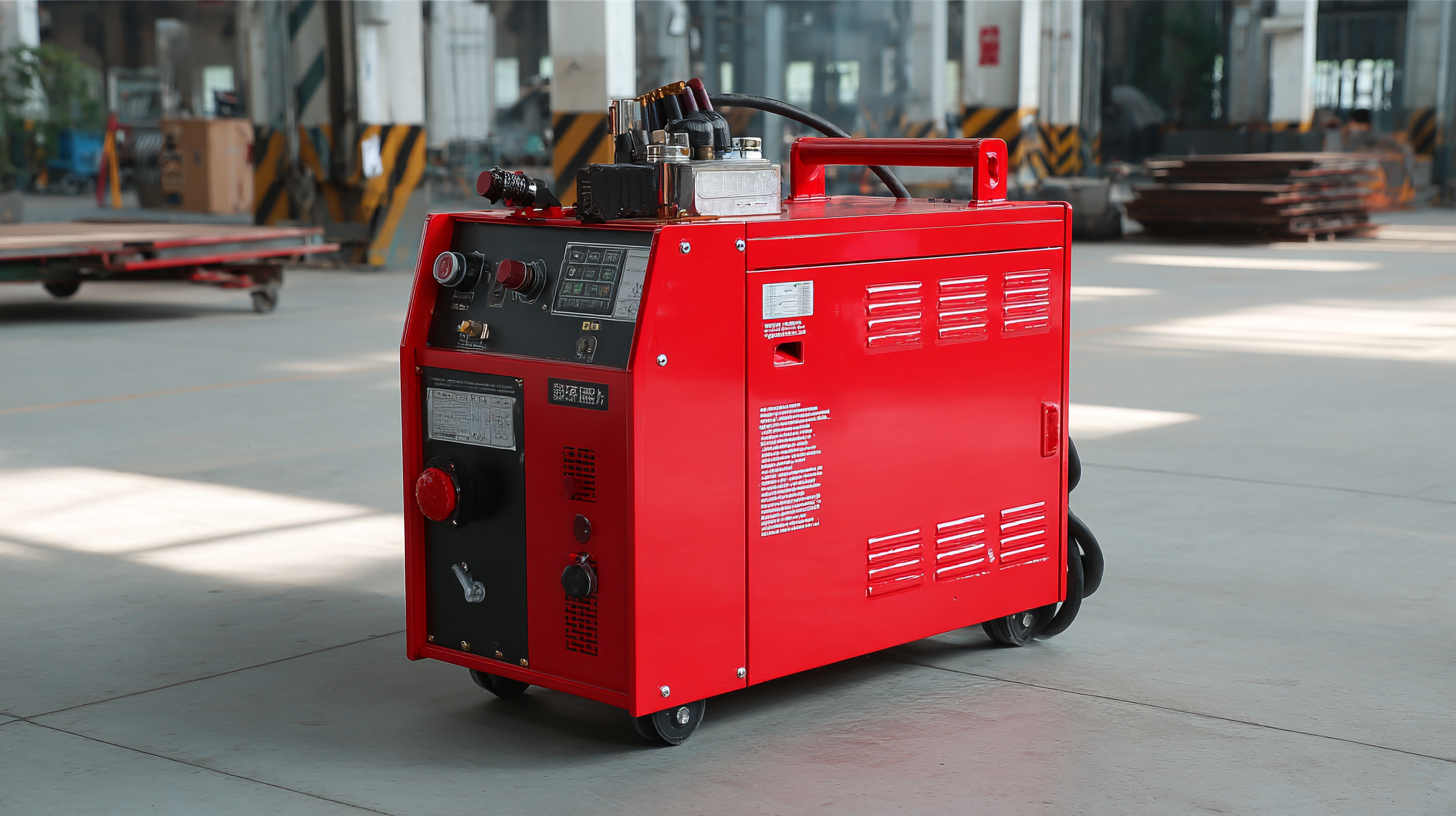 MIG welding, known for its versatility and ease of use, accounts for a significant share of this market. The right MIG welding machine can enhance productivity, improve weld quality, and accommodate various materials, making it essential to understand the key features and specifications that align with your specific applications.
In this guide, we aim to provide valuable insights and considerations that will help you make an informed choice, ensuring that your welding projects achieve optimal results.
MIG welding, known for its versatility and ease of use, accounts for a significant share of this market. The right MIG welding machine can enhance productivity, improve weld quality, and accommodate various materials, making it essential to understand the key features and specifications that align with your specific applications.
In this guide, we aim to provide valuable insights and considerations that will help you make an informed choice, ensuring that your welding projects achieve optimal results.
Choosing the right MIG welding machine begins with a comprehensive understanding of your project requirements. Every welding task can vary significantly based on factors such as material type, thickness, and the overall scale of the job. According to the American Welding Society, approximately 50% of all welding jobs involve the use of MIG welding due to its versatility and ease of use, making it essential to evaluate your specific needs carefully.
When assessing project requirements, consider the materials you’ll be working with. For instance, aluminum requires a different MIG welding machine with a spool gun attachment to handle its unique properties. Additionally, the thickness of the material is crucial; machines with adjustable amperage settings are ideal for varied thicknesses, as they offer the flexibility necessary for both thin and thick metals.
The National Center for Welding Education and Training emphasizes that selecting the right machine based on these parameters can enhance weld quality, reduce rework rates, and save costs in the long run. Knowing your project specifics will ultimately guide you in making an informed choice that aligns with both your budget and the desired outcome.
When selecting a MIG welding machine for your projects, understanding the key features is essential to ensure optimal performance. One of the most critical aspects is the power output, which typically ranges from 120 to 250 amps. A higher amp rating allows for welding thicker materials, making it suitable for heavy-duty tasks. Additionally, consider the voltage range; machines that operate on dual voltage settings offer versatility, enabling use at home or in industrial settings without the need for extensive electrical modifications.
Another important feature to look for is the wire feed mechanism. A reliable and smooth wire feeder helps to maintain consistent weld quality by ensuring an uninterrupted wire supply. Look for machines that offer adjustable feed speed settings, as this can greatly affect the penetration and overall finish of the weld. Furthermore, check for the presence of a spool gun, which is particularly useful for aluminum welding, as it minimizes the likelihood of wire tangling and ensures better control. Ultimately, choosing a MIG welding machine with these key features will enhance your welding experience and produce superior results in your projects.
When selecting a MIG welding machine for your project, understanding power and duty cycle requirements is crucial for optimal performance. The power output of a MIG welder is typically measured in amperage, and it must align with the thickness of the materials you plan to work with. According to industry reports, for mild steel, a typical range is between 130 to 180 amps for effective welding of materials up to 0.25 inches thick. It's important to choose a machine that matches or exceeds these specifications to ensure a successful and efficient welding process.
Additionally, the duty cycle is a significant factor that affects not only the performance of the machine but also the quality of your work. Duty cycle refers to the amount of time a welder can operate in a 10-minute period before it needs to cool down. For example, a 60% duty cycle means the welder can be used for 6 minutes and then needs a 4-minute rest. Selecting a MIG welder with a duty cycle rated for your project’s demands ensures that you can maintain consistent operation without interruptions. This becomes especially important in high-volume welding projects, where continuous use is paramount. Recent advancements in welding technology further emphasize the importance of efficient energy use and optimal weld quality, making a well-informed choice even more critical for modern applications.
| Machine Model | Power Output (Amps) | Duty Cycle (%) | Weight (lbs) | Material Thickness Capability (in) |
|---|---|---|---|---|
| Model A | 140 | 30 | 50 | 0.25 |
| Model B | 180 | 40 | 65 | 0.35 |
| Model C | 220 | 60 | 75 | 0.5 |
| Model D | 260 | 50 | 80 | 0.6 |
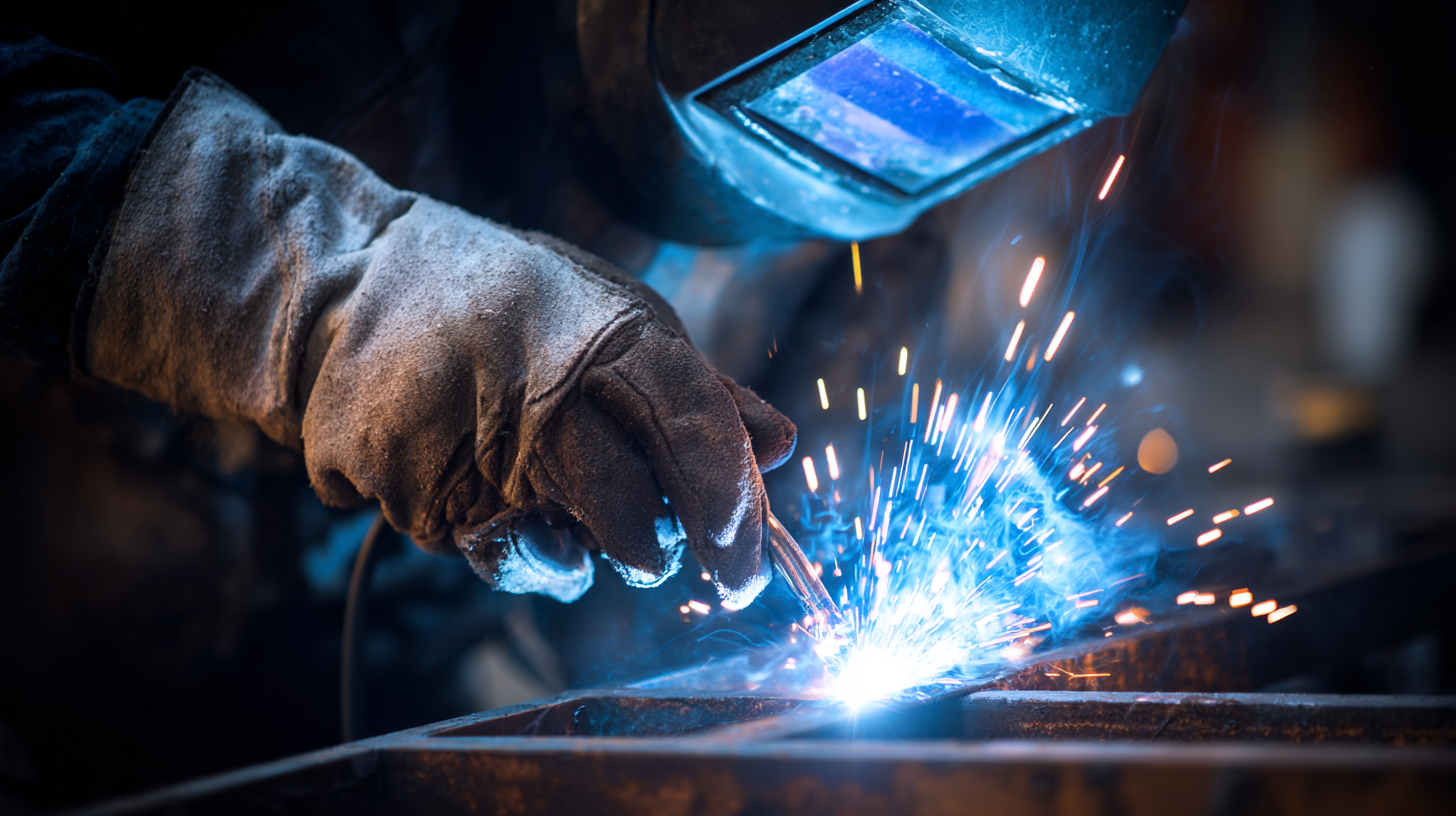 When choosing a MIG welder,
portability and size options are key factors to consider based on your specific project needs.
A lightweight and compact design can significantly enhance convenience, especially for those who plan to transport their welder between job sites or store it in tight spaces.
For instance, models that boast features like built-in carrying handles or wheels provide an added layer of ease, making them ideal for both home workshops and on-the-go applications.
When choosing a MIG welder,
portability and size options are key factors to consider based on your specific project needs.
A lightweight and compact design can significantly enhance convenience, especially for those who plan to transport their welder between job sites or store it in tight spaces.
For instance, models that boast features like built-in carrying handles or wheels provide an added layer of ease, making them ideal for both home workshops and on-the-go applications.
Several models have emerged as top contenders in the market for their blend of power and portability. The Hobart Handler 140 stands out for its robust performance while remaining lightweight enough for easy transport, catering well to both novices and experienced welders. Similarly, other reviews highlight options that offer advanced portability without sacrificing quality, ensuring versatility in diverse working environments. Finding the right balance between size and functionality will ultimately lead to a more efficient welding experience tailored to your individual requirements.
When selecting a MIG welding machine, striking the right balance between cost and functionality is crucial. According to industry reports, a high-quality MIG welder can drastically improve the efficiency and quality of your welding projects. For hobbyists or newcomers, budget models ranging from $200 to $500 may suffice, offering features that meet basic welding needs without breaking the bank. These machines often include essential functionalities such as adjustable voltage settings and wire feed speed, which are vital for achieving good welds.
On the other hand, more advanced users or professionals might justify investing in models priced from $500 to over $1,500, which provide enhanced capabilities like dual voltage settings and better duty cycles. A recent survey in the welding industry revealed that welders often report better long-term satisfaction and performance consistency from higher-end models. While budgeting is essential, an investment in a more robust machine can lead to lower costs over time through fewer repairs and increased productivity. Ultimately, assessing your project needs against your budget will guide you in selecting the right MIG welder that provides both quality and value.
